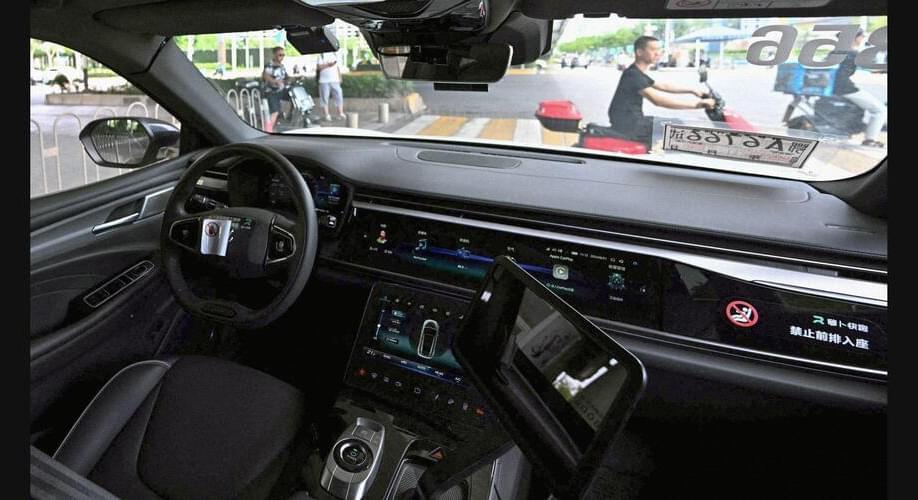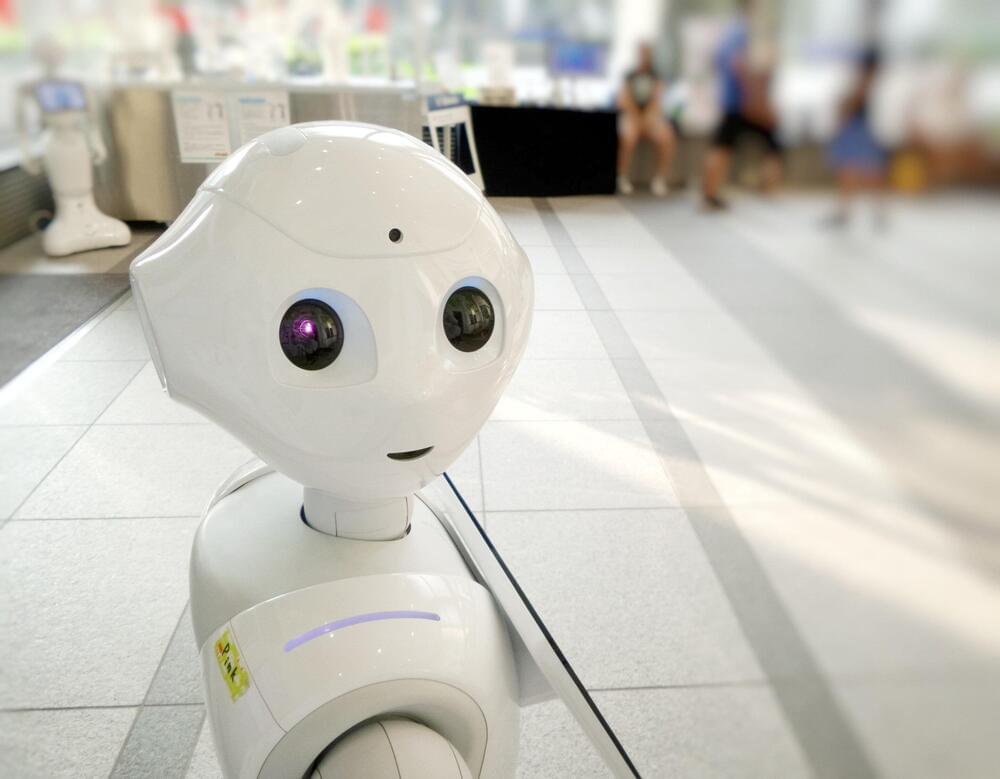With government support and backing from tech giants, robotaxis are rapidly integrating into daily life in China in a push to position autonomous vehicles at the forefront of urban innovation.
But this rapid rollout has not been without controversy.


When the Robovan approached the stage at Tesla’s “We, Robot” event, it became evident that the electric vehicle maker was definitely not shying away from creating machines that look like they belong in a sci-fi movie. But while the event itself was thin on technical details about the Cybercab and the Robovan, CEO Elon Musk did share some information about the people hauler’s suspension system.
The Robovan looked like it was gliding on the pavement when it pulled up in front of the stage of the “We, Robot” event. The Robovan is very low on the ground, so much so that its wheels are almost not visible. This creates a very futuristic look, but it also brought concerns about the vehicle’s capability to traverse roads that are not perfectly paved. It also incited jokes from critics that the Robovan looks like a kitchen appliance.
In later comments on X, CEO Elon Musk highlighted that the Robovan is actually very airy inside even if it may appear otherwise from the outside. Musk also explained that the Robovan’s extremely low ground clearance is due to the vehicle’s automatic load-leveling suspension system. This allows the all-electric people-hauler to raise or lower its suspension depending on the conditions of the road.

Angstrom-scale ICs will require innovation across the entire semiconductor ecosystem: This will include advances in both the hardware (transistors, power distribution, and connection of multi-die systems) and tools (EDA tools with AI/ML and silicon life-cycle management).
Article co-authored by Deepak Sherlekar, Fellow in the Solutions Group at Synopsys
Every time you stream a 4K movie from your phone or play an online video game, you require bandwidth—high rates of data transfer that enable your connected devices to deliver engaging, interactive, and immersive experiences (Figure 1). Our digital world—with its increasing levels of intelligence—continues to demand more from the underlying technologies that make all these activities possible. But there are bottlenecks that threaten to thwart real-time responses.

Engineers have worked out how to give robots complex instructions without electricity for the first time, which could free up more space in the robotic ‘brain’ for them to ‘think.’
Mimicking how some parts of the human body work, researchers from King’s College London have transmitted a series of commands to devices with a new kind of compact circuit, using variations in pressure from a fluid inside it.
They say this world first opens up the possibility of a new generation of robots, whose bodies could operate independently of their built-in control center, with this space potentially being used instead for more complex AI-powered software.

Elon Musk on Thursday unveiled what he said was a robotaxi capable of self-driving, predicting it would be available by 2027—about a decade after he first promised an autonomous vehicle.
The Tesla CEO said the fully electric car—which has no steering wheel or pedals—would be priced under $30,000, would be charged wirelessly with inductive technology and would be “10 to 20 times safer” than human-driven cars.
“You can think of the car in an autonomous world as being like just a little lounge,” he told a crowd at the Warner Brothers Studio lot near Los Angeles.
Time, in this view, doesn’t look like a line in which one event causes another. Instead, eight events might be the eight vertices of a cube. Each point may connect with new geometric shapes that arise inside the cube—the vertices of which are also events—or the cube could become a point in a larger geometry. In any case, time is building a geometry like a crystal.
THE TEAM BUILT TWO ARTIFICIAL BRAINS to operate according to these theories so they could observe what happens without the interference of human projections, narratives, and emotions, and compare them with human subjects. An artificial brain doesn’t have an ego or a sense of existential dread, among other things, that might muddy the results. On the other hand, they were limited to a smaller number of primes because the machines don’t have other attributes humans do have.
The goal isn’t just to isolate consciousness or define it. It is for humans to understand and recalibrate along the lines of universal consciousness. Bandyopadhyay and his team want to build a better world by beginning not with human logic but by observing the patterns nature itself has created–the universal invariables.
Enjoy the videos and music you love, upload original content, and share it all with friends, family, and the world on YouTube.
Enjoy the videos and music you love, upload original content, and share it all with friends, family, and the world on YouTube.
Intel utilizes neuromorphic computing, a hyper-efficient solution inspired by the human brain, to address the need for fundamentally new approaches to sustainable artificial intelligence.
About Intel Newsroom.
Intel Newsroom brings you the latest news and updates on world-changing technology that enriches the lives of everyone on Earth. Catch up on the latest innovations in client computing, artificial intelligence, security, data centers, international news and more. Watch recaps and replays from industry events where Intel has a major role, such as Mobile World Congress (MWC), Intel Innovation, the Consumer Electronics Show (CES) and others.
Connect with Intel Newsroom.
Subscribe now to Intel Newsroom on YouTube: / @intelnewsroom.
Visit the Intel Newsroom: https://www.intel.com/content/www/us/.…
Follow @IntelNews on Twitter: / intelnews.
